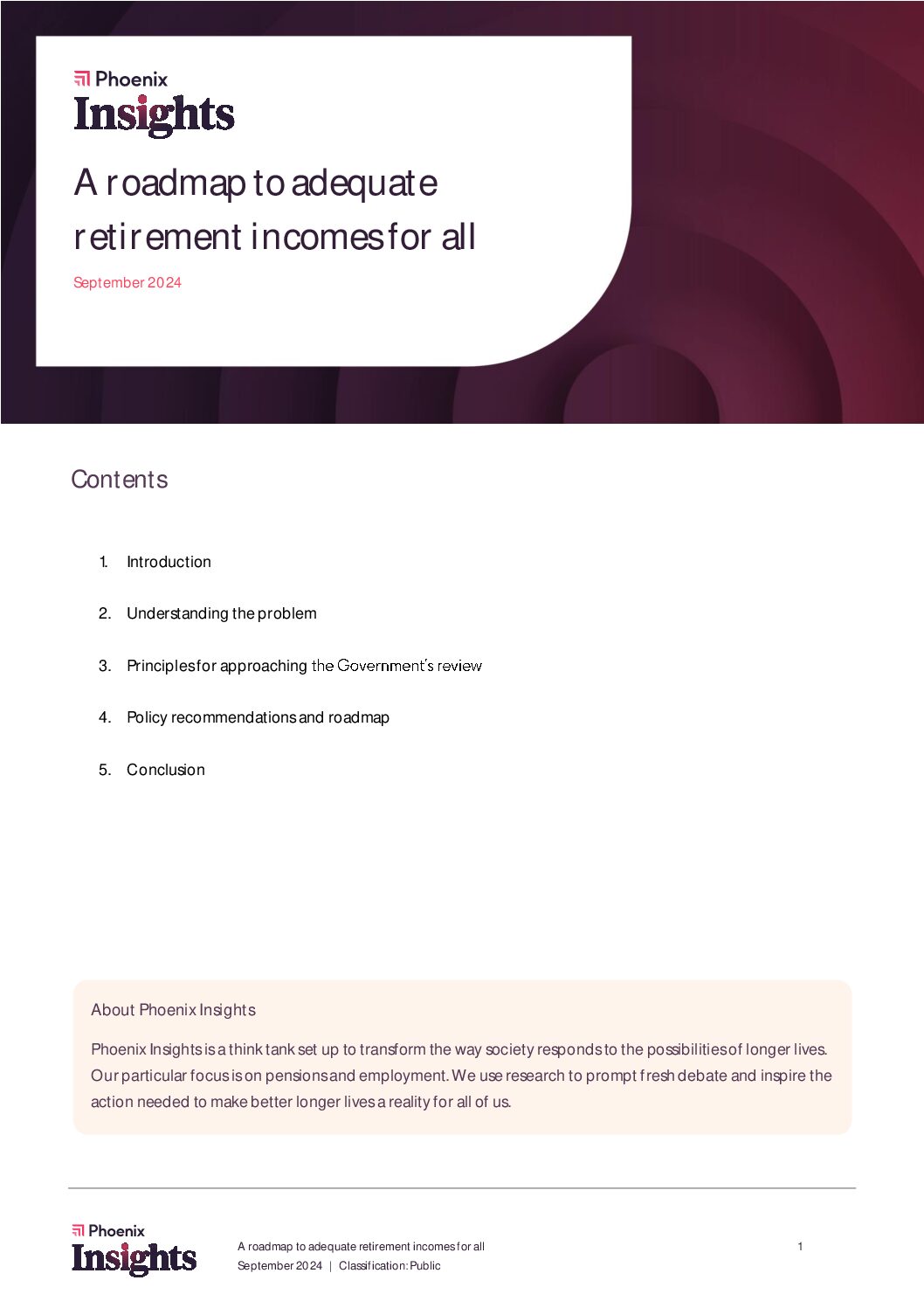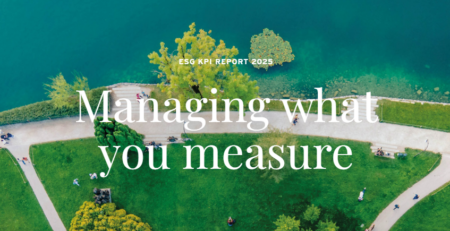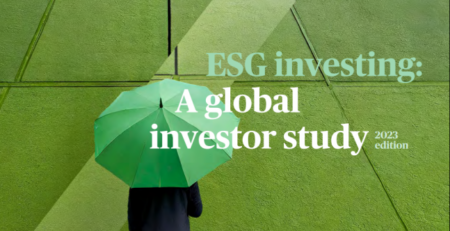Global top 300 pension funds
By Thinking Ahead Institute and Pensions & Investments
Pension fund industry trends
Growth headwinds test financial and sustainability mandate resilience
Has the macro reality shifted from ‘lower-for-longer’ to ‘end-of-cheap-money’? The last decade’s fear of deflation has been replaced by significantly higher inflation. A steep rate hike cycle has led to more interest rate volatility and is placing pressure on pension funds to deliver sufficient risk-adjusted returns. Pension funds are expected to face elevated macro uncertainty over the short term. The industry has to push forward with its sustainability agenda in this challenging macro environment. Sustainability is not the primary goal, but is a prime goal of the industry.
Sustainability mandates mature
Increased rigour on reporting climate action. Growing regulatory scrutiny on greenwashing and overclaiming is prompting pension funds to review their stakeholder communication strategies. The industry is stepping up its ESG agenda, but faces resource constraints. Pension funds are pursuing more strategic engagements, building more effective coalitions and implementing more sophisticated portfolio solutions. Whilst most of the industry is managing climate-related risk in portfolios, the shift to real-world impact is in its embryonic stages.
Stronger collaboration in the investment value chain. Asset owners and managers are refreshing traditional working arrangements to manage growing stakeholder demands and rising complexity in an efficient and flexible manner.
Other notable trends
Indexation and private market allocation expected to grow significantly over the long-term. This points to a growing reliance on barbell proposition as an investment strategy. Indexation allows investors to access non-cap market weighted exposure at a low cost, whilst investment in private assets helps investors in their search for higher yields. 


Read the complete book here
331 views










